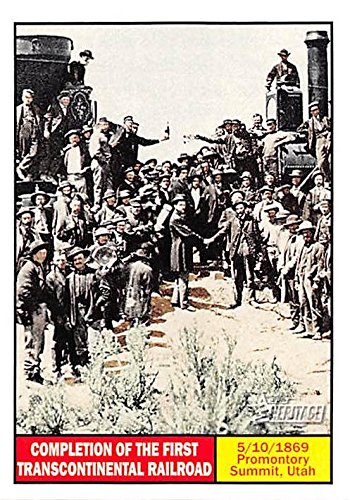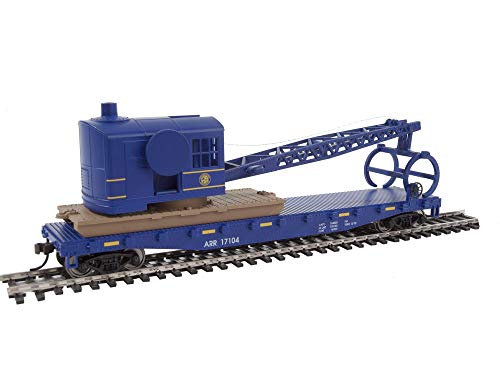On 1-21-10 the NTSB is expected to release its final report on the Metrolink/UP wreck at Chatsworth:
Final report on deadly Metrolink crash comes down to signal color
"Federal investigators presented evidence about the crash at a public hearing in March. At Thursday’s meeting the board will determine a probable cause and contributing factors, as well as safety recommendations for Metrolink and other rail agencies. Board members have already been briefed on the proposed findings. But those can be debated and amended during Thursday's meeting before the final written report is completed...."
______________________
Note caption on the photo which accompanies the story: "A signal turns red behind a Metrolink train pulling out of the Chatsworth station." In fact, the signals are in FRONT of the train (note headlights), which is shown exiting the Metrolink Death Curve, inbound for ARRIVAL at Chatsworth. EDIT: The error has since been acknowledged online and the caption revised.
The NTSB meeting will be available via live webcast (scroll down).
Final report on deadly Metrolink crash comes down to signal color
"Federal investigators presented evidence about the crash at a public hearing in March. At Thursday’s meeting the board will determine a probable cause and contributing factors, as well as safety recommendations for Metrolink and other rail agencies. Board members have already been briefed on the proposed findings. But those can be debated and amended during Thursday's meeting before the final written report is completed...."
______________________
Note caption on the photo which accompanies the story: "A signal turns red behind a Metrolink train pulling out of the Chatsworth station." In fact, the signals are in FRONT of the train (note headlights), which is shown exiting the Metrolink Death Curve, inbound for ARRIVAL at Chatsworth. EDIT: The error has since been acknowledged online and the caption revised.
The NTSB meeting will be available via live webcast (scroll down).
Last edited by a moderator:





















































